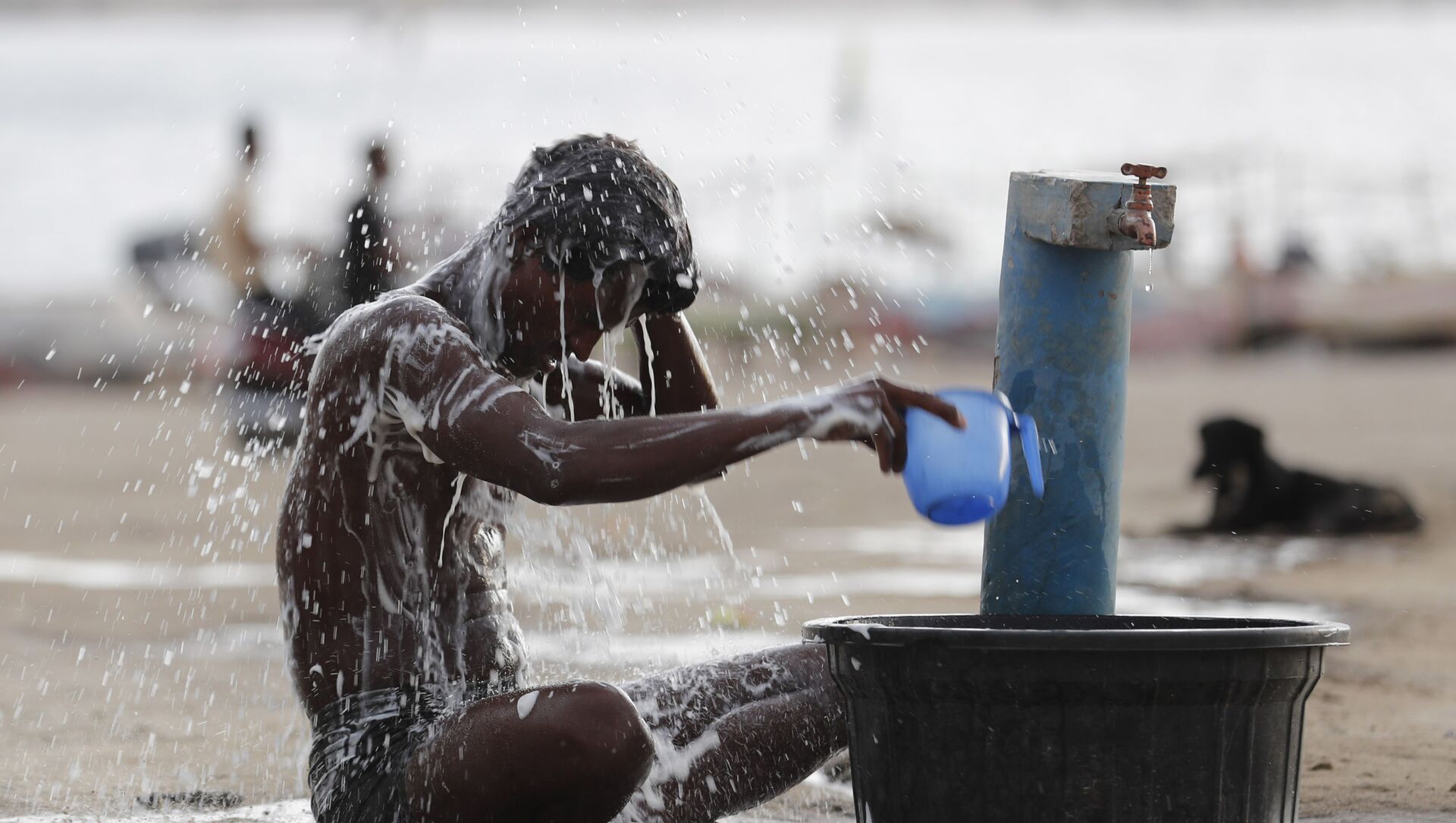The Indian Meteorological Department (IMD) has indicated that most of India's northern states, mainly Haryana, Rajasthan, Punjab, Uttar Pradesh, and the Union Territory of Delhi, are likely to experience a scorching summer.
Kuldeep Srivastava, the head of the regional forecasting centre of the IMD, told Sputnik that the maximum temperature in Delhi and Haryana could rise by 0.71 degrees Celsius.
As global temperatures go up, heat waves are becoming a regular menace in the country, particularly in May and June.
Last year, the Churu area in the north-western state of Rajasthan was the hottest place on record at 50-degrees Celsius, while parts of Punjab, Haryana, and Uttar Pradesh sweltered in the high 40s.
New Delhi recorded its hottest day in May in 18 years, with the thermometer hitting 47.6C.
Comparing the events of extreme weather across the globe, Bharati Chaturvedi, founder of the Chintan Environmental Research and Action Group, told Sputnik that climate change is causing the sudden temperature changes.
The Chintan Environmental Research and Action Group is an NGO that focuses on issues of consumption and sustainable livelihoods in India.
“In February, the temperature at some places in north India rises to five-degree Celsius above normal”, Chaturvedi said.
“North India missed the spring. India should not take this lightly”, she said. "Due to extreme weather conditions last month, Texas woke up to a power breakout”.
On 16 February, extreme cold winter weather in the US state of Texas led to power outages and left around 4.5 million people in the dark and bitter cold.
“In North India and Texas, climate change is causing sudden temperature changes that people cannot cope with”, she warned.
She also said that most of the people who have died due to the extreme events are the poor and migrants living on the streets. In 2019, the government said heat had killed 3,500 people since 2015.
“We need to build long term infrastructure to deal with such a scenario. This includes training people, encouraging solar power at the community level, infrastructure changes in the building, setting up urban cooling spots”, she added.



